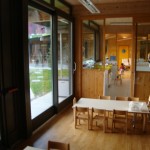
Galloway & MacLeod has roots dating to 1872, and is now one of Scotland’s most successful employee owned companies.
Here, Galloway & MacLeod’s managing director Donald Harvey explains the benefits the business model has brought to the agricultural firm.
Selling the business to the employees is the best succession option Ralph MacLeod could have chosen – for the company and for the employees. It can be an uncertain time when a business owner begins to think about exit from a business. When Ralph started to speak with me and thereafter the management team, his first concern was that we were kept informed and involved in whatever choice he would eventually make. It was the opportunity of a lifetime – owning the company!
The company began in 1872 and Ralph MacLeod was the third generation of the family to own the business. When the time came to think about handing over, Ralph was not clear on the options open to him. He did have strong views on what he didn’t want to do. Galloway & Macleod is a unique company, which is an important feature in the local community. Ralph wanted to find a succession route that protected that.
Agriculture is a fiercely competitive business, dominated by large players. As an example of this domination, there are now only two main players in grass seed supply worldwide. None of us wanted to see Galloway & MacLeod swallowed up by a large conglomerate. We pride ourselves in the strength of relationships we have with our customers.
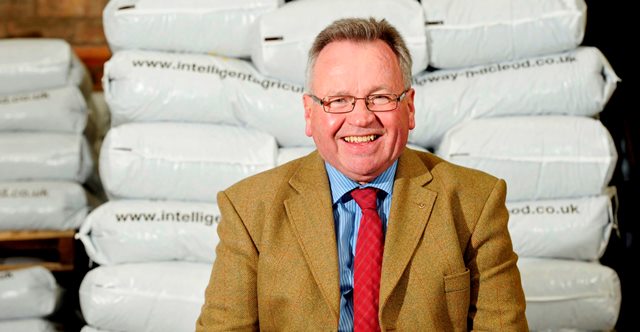
Ralph MacLeod took the firm down the employee ownership route
If Ralph had chosen to sell to a trade buyer, then the danger was that the business would have become product driven rather than customer driven. To me, the move to employee ownership allowed us to maintain our independence and preserve our customer-centered focused approach, without a noose round our neck and an overdraft which would have had a big impact on the business.
There have been other benefits in the move to employee ownership. We now have 34 owners who all have a stake in the prosperity of this business. This means that most of the people come into work thinking like owners. They want the business to do well, and they know that they will share in the rewards of that success. We don’t have issues with absence or staff turnover; people enjoy being here. We are able to attract the highest calibre of recruit, and will always promote from within.
Alongside these benefits are challenges, particularly for the management team. How do we make sure that these owners understand how the company works and where our revenues and costs are? How can we ensure everyone has the information to enable them to make the best contribution possible? We had to take a very close look at how we communicated with our people, and how we make complex information accessible. We had to ensure our management team had the skills and support to do their job well. We don’t always get it right but we are quick to acknowledge and address our mistakes.
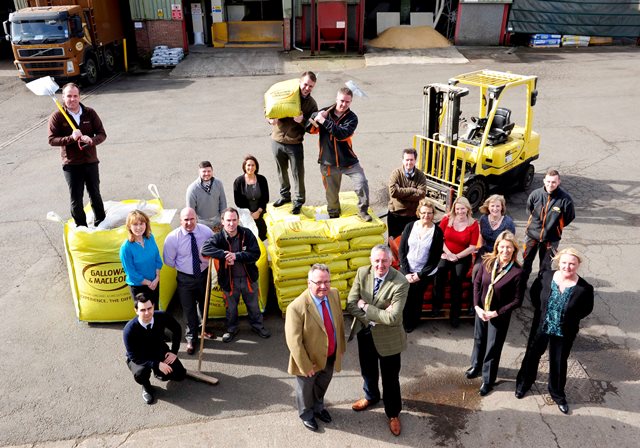
The owners at Galloway & MacLeod
As Managing Director, I’m accountable to the 34 owners of this business. As these owners are the employees, they see and understand the process from prospecting to order fulfillment and the relationship we have with our stakeholders. As our management team is running a business in an accelerated growth plan with high expectations, we meet challenges which can be hard to overcome. However, I’m sure we have the skillset and understanding to make these decisions, ensuring our values, sustainability and environmental impact are exceeded. Every day’s a schoolday!
The flip side is that I’m leading a team of people who have a stake in the future of this business. It’s in their interests to do as good a job as they can to ensure the company prospers. I’ve first-hand experience of the evidence demonstrated in the research: employee ownership is the most effective route to true employee engagement.
And it all seems to be going in the right direction. Sales are up 39% since 2010. We keep our customers and have won several new ones. Our employee satisfaction levels are extremely high.
As for Ralph, I’m delighted to say he’s still there for when we need him. He knows this business and its people inside out. It’s good to see him have the time to spend on his other passions of sailing and hill walking. Ralph MacLeod did a great thing for the employees of Galloway & MacLeod. The current owners know we have a lot to live up to, and we are all working to ensure we continue the legacy and deliver a prosperous future for our business.
 Last week we hosted the first of our
Last week we hosted the first of our 

 At the most recent CDS Advisory Board meeting, some of Scotland’s key industry figures gathered to discuss how ‘stakeholder banks’ can be the ideal solution for co-operatives looking to raise capital.
At the most recent CDS Advisory Board meeting, some of Scotland’s key industry figures gathered to discuss how ‘stakeholder banks’ can be the ideal solution for co-operatives looking to raise capital. 




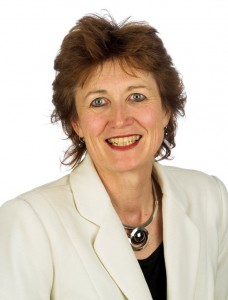 From Sarah Deas, Chief Executive, Co-operative Development Scotland
From Sarah Deas, Chief Executive, Co-operative Development Scotland For Co-operative Development Scotland it’s an opportunity to shine a light on the positive contribution that co-operative and employee ownership models are playing in the Scottish economy. Working with the Supplier Development Programme, we’ve been helping businesses to
For Co-operative Development Scotland it’s an opportunity to shine a light on the positive contribution that co-operative and employee ownership models are playing in the Scottish economy. Working with the Supplier Development Programme, we’ve been helping businesses to 
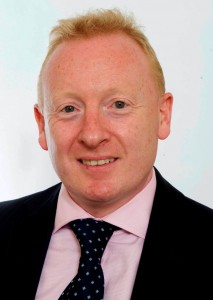 Co-operative Development Scotland recently took a delegation of employee-owned businesses and advisors to the Employee Ownership Association’s Annual Conference 2013 in Birmingham.
Co-operative Development Scotland recently took a delegation of employee-owned businesses and advisors to the Employee Ownership Association’s Annual Conference 2013 in Birmingham. 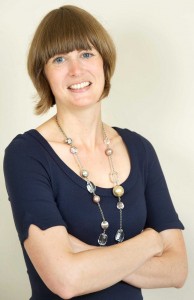 Jaye Martin is a specialist adviser who joined Co-operative Development Scotland this summer. Here she shares her experience of what it’s like to work at Scotland’s co-operative and employee-owned enterprise development organisation.
Jaye Martin is a specialist adviser who joined Co-operative Development Scotland this summer. Here she shares her experience of what it’s like to work at Scotland’s co-operative and employee-owned enterprise development organisation. This has been a revelation for me as I’d never been involved behind the scenes of a competition before – unless you count making up a quiz sheet for Comic Relief to sell around my village when I was 12! We were overwhelmed with the quality of the collaborative ideas contained in the applications this year and it’ll be a valuable learning experience for me to be involved in the strategy sessions for the winners when they take place in due course. Excitingly, we are poised to announce our winners shortly so watch this space…
This has been a revelation for me as I’d never been involved behind the scenes of a competition before – unless you count making up a quiz sheet for Comic Relief to sell around my village when I was 12! We were overwhelmed with the quality of the collaborative ideas contained in the applications this year and it’ll be a valuable learning experience for me to be involved in the strategy sessions for the winners when they take place in due course. Excitingly, we are poised to announce our winners shortly so watch this space…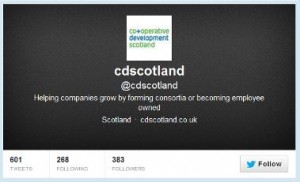 I can now see the real value in tweeting, blogging and their ilk – there is the potential to strike up dialogue with like-minded individuals and organisations and to spread the word about co-operative business models. Follow me
I can now see the real value in tweeting, blogging and their ilk – there is the potential to strike up dialogue with like-minded individuals and organisations and to spread the word about co-operative business models. Follow me  It’s been a busy few weeks for handmade rug manufacturers
It’s been a busy few weeks for handmade rug manufacturers 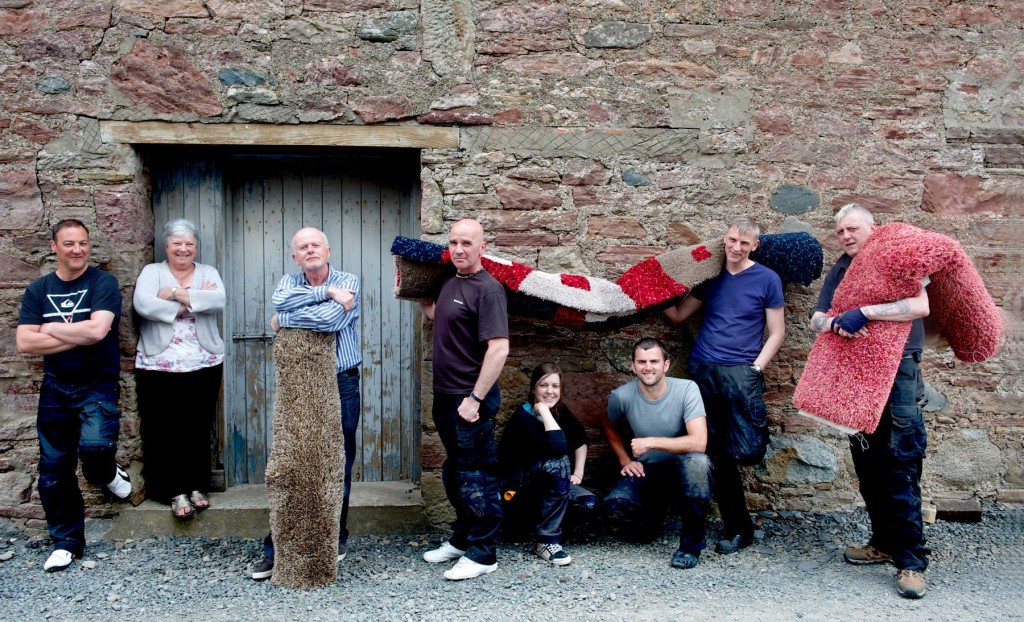
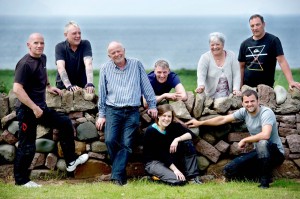

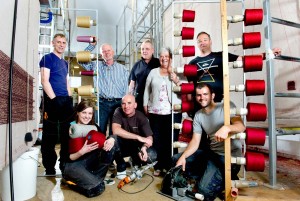
 Co-operative Development Scotland’s
Co-operative Development Scotland’s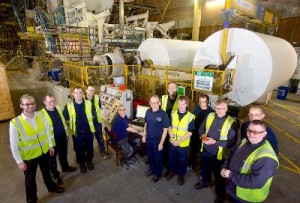

 Co-operative Development Scotland (CDS) is working with the
Co-operative Development Scotland (CDS) is working with the 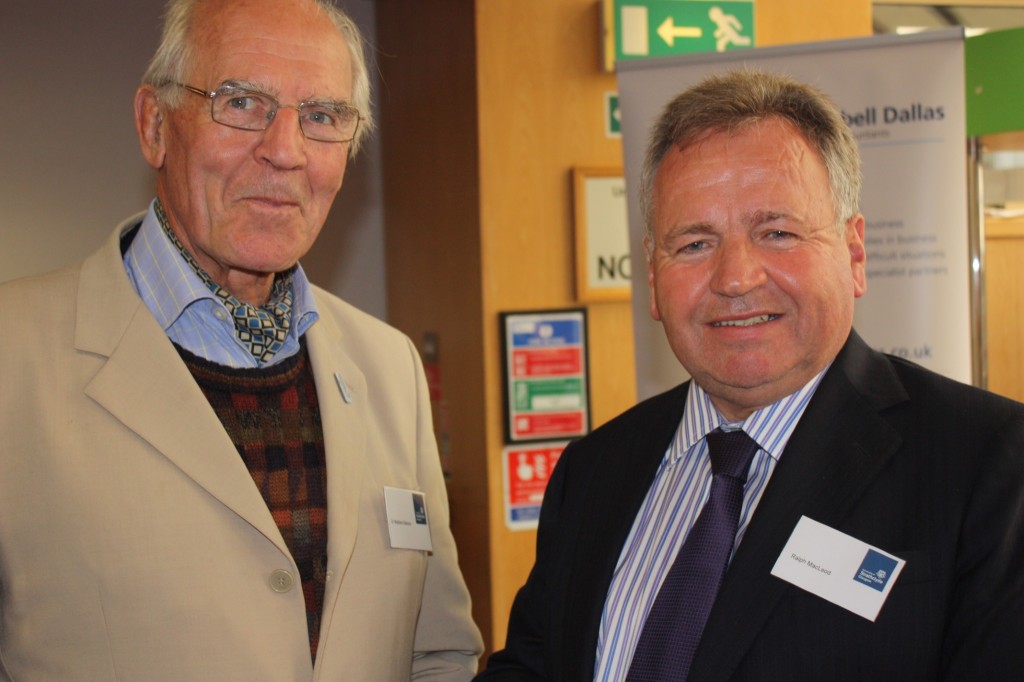
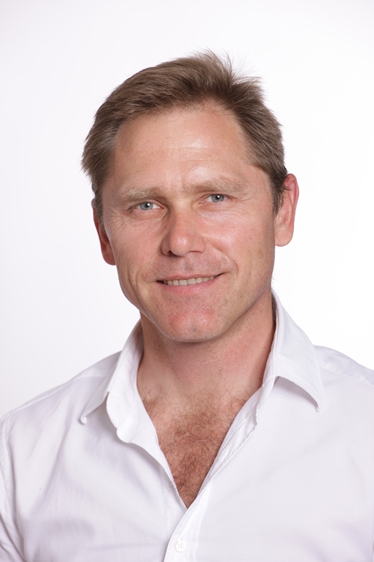 Sheffield is a hive of employee owned organisations and the place to embark on a learning journey to see what makes these places really tick.
Sheffield is a hive of employee owned organisations and the place to embark on a learning journey to see what makes these places really tick. 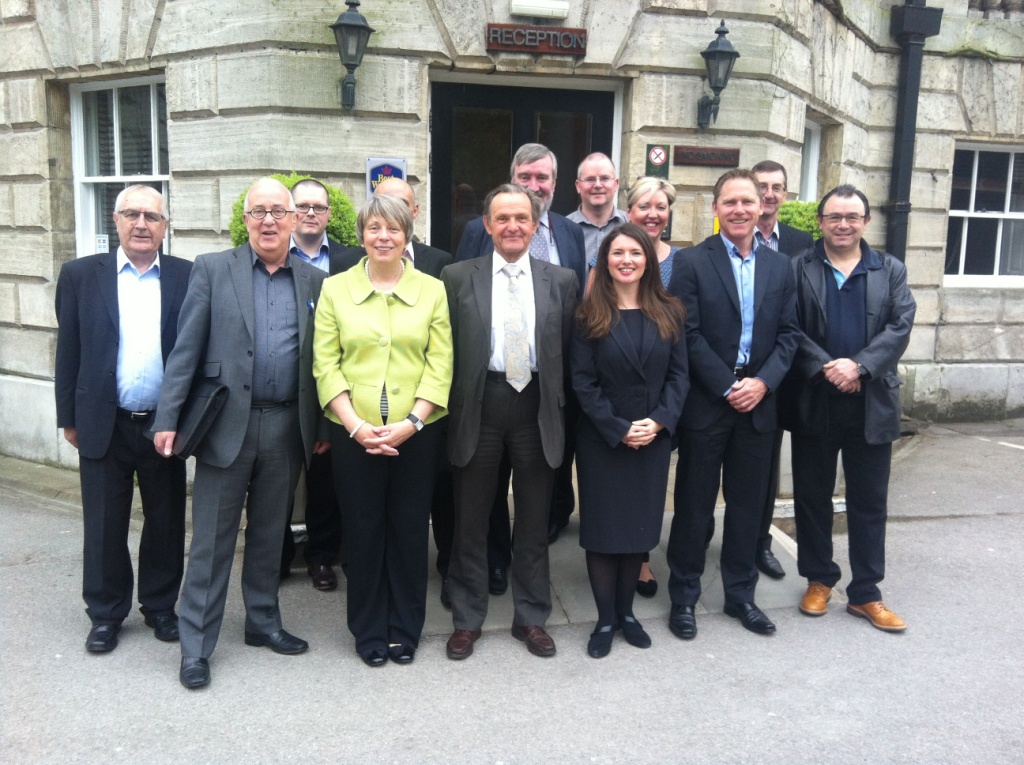
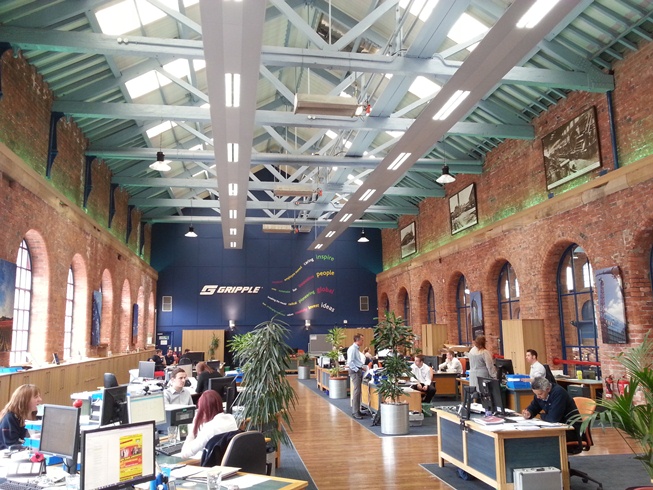

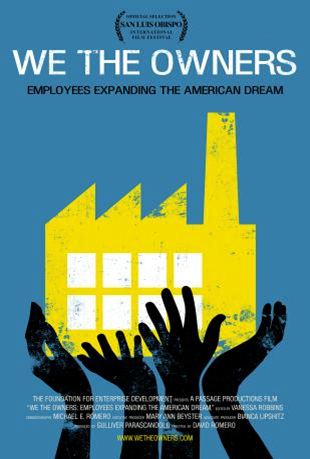
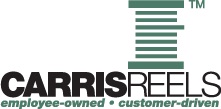


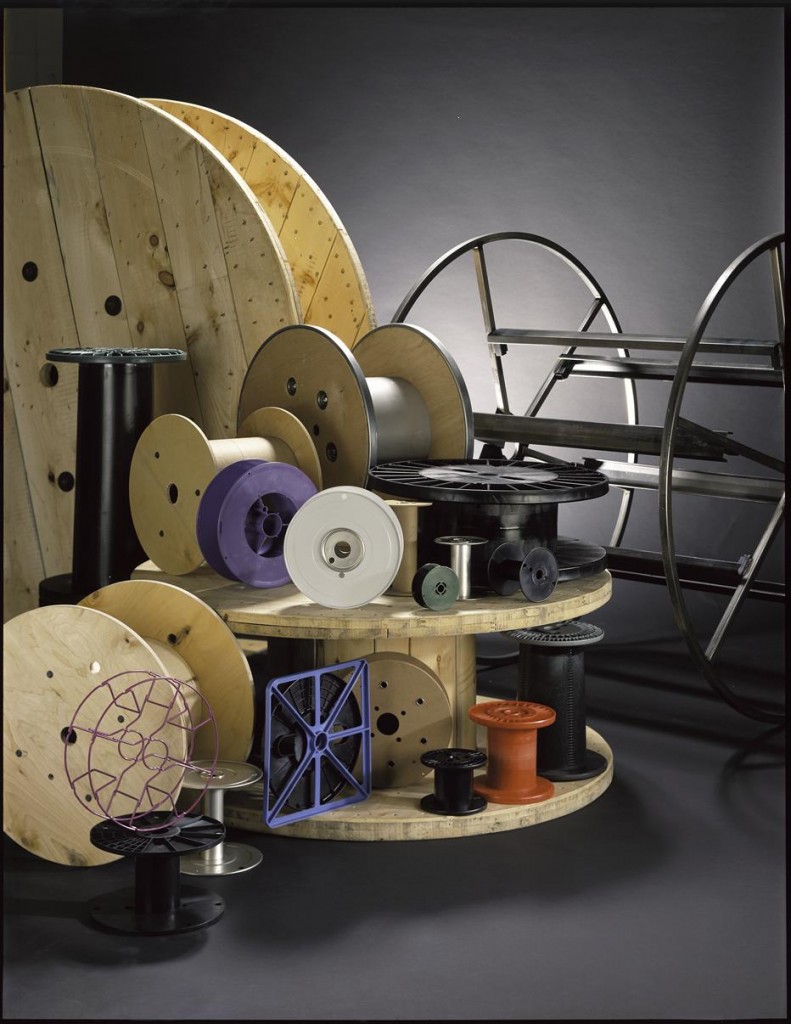
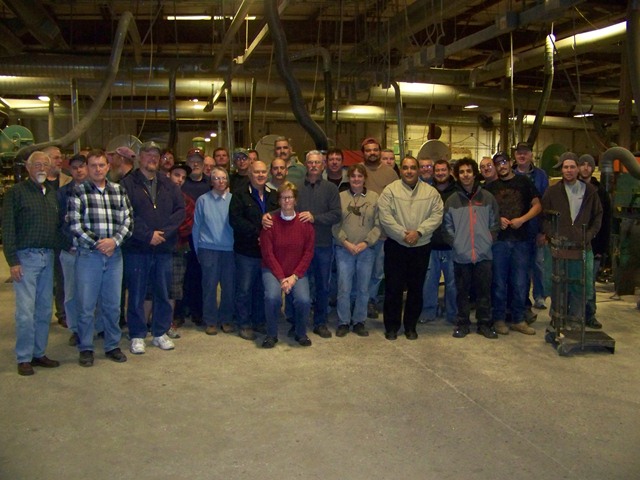

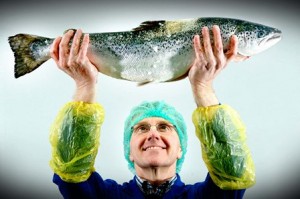
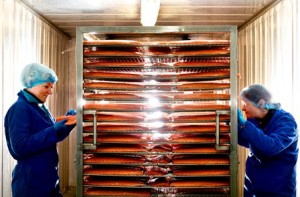
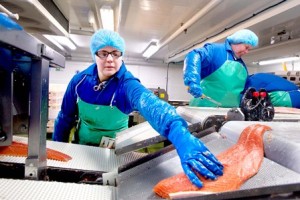




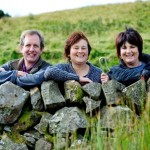

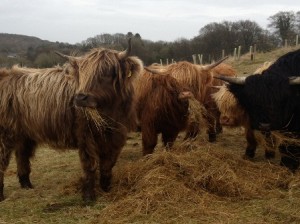
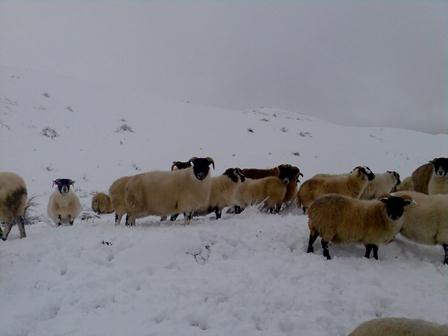


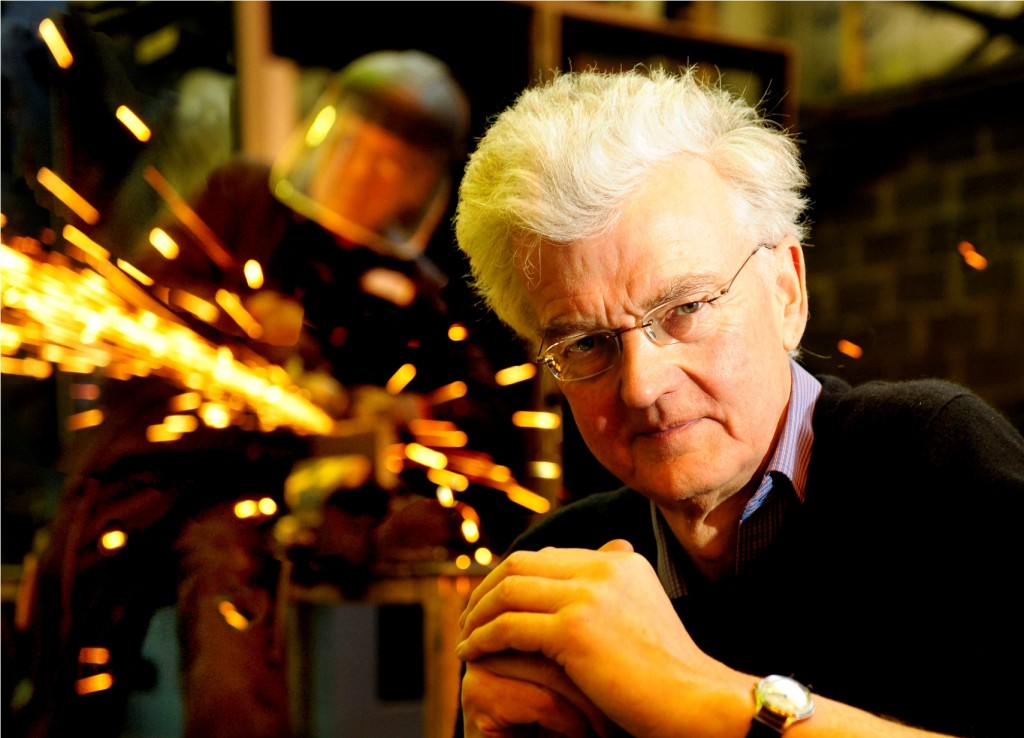

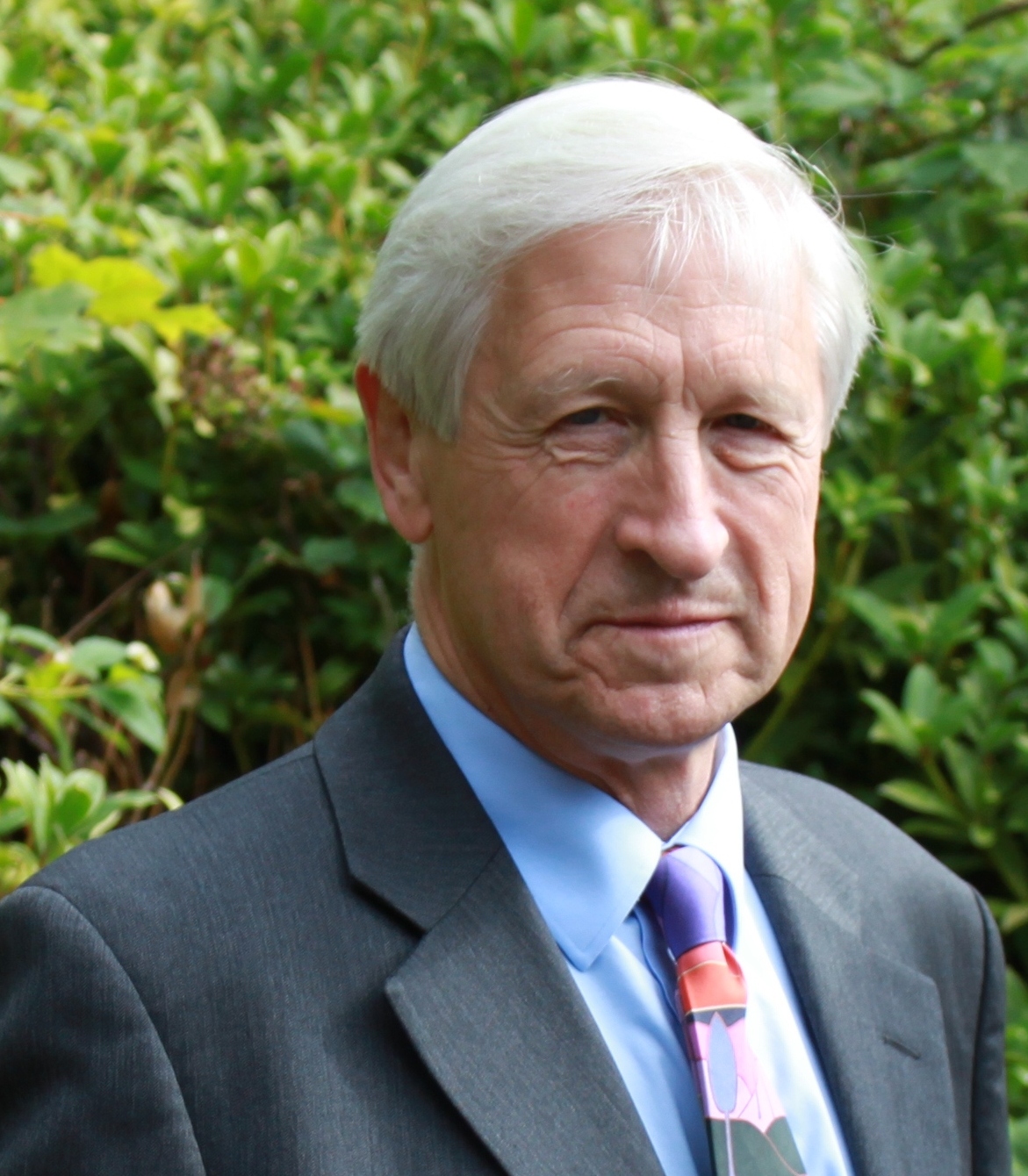

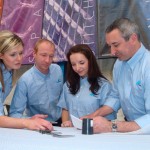
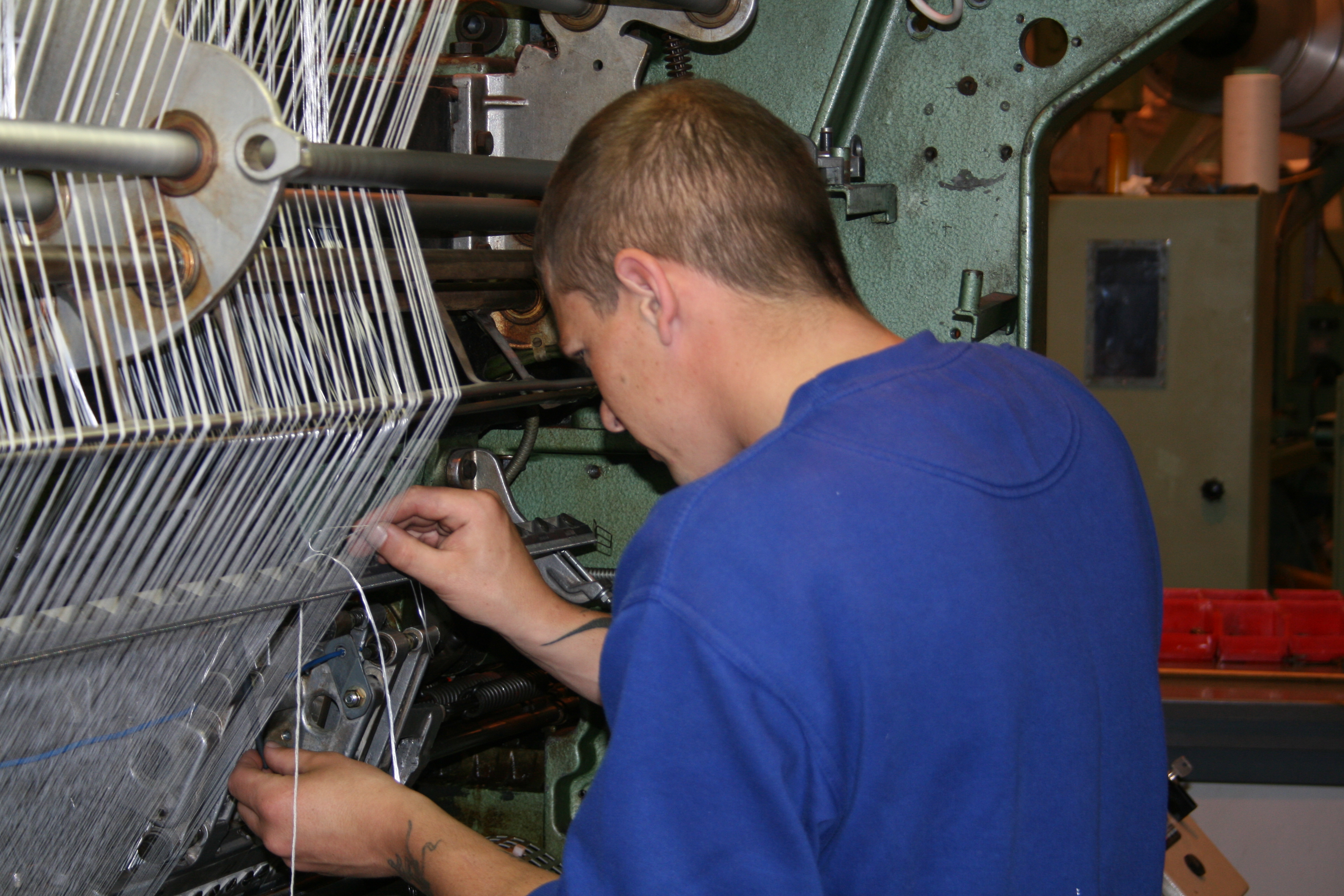

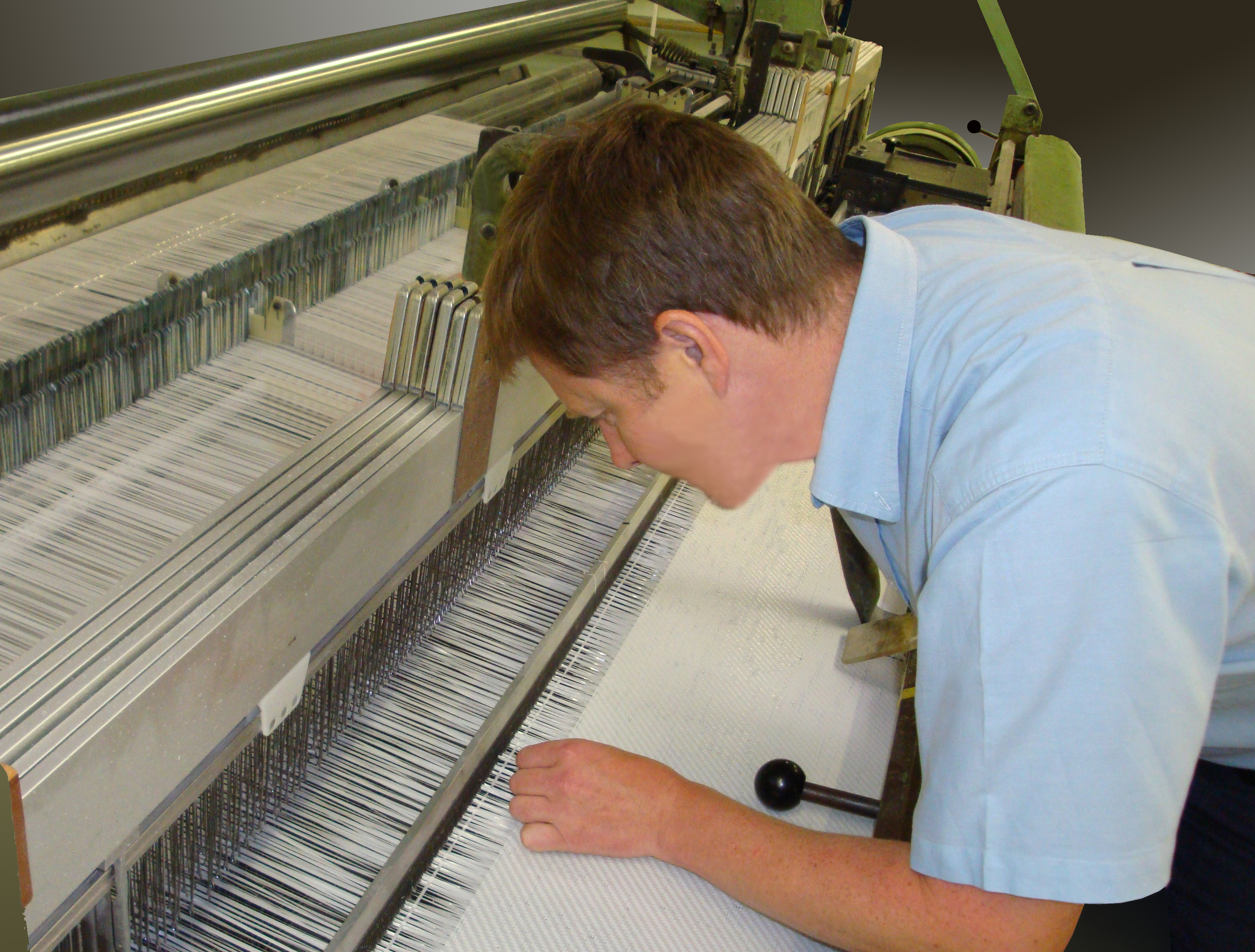


 I was also lucky enough to visit Ravenna’s Museum of Natural Science which the consortia manage on behalf of the municipality.
I was also lucky enough to visit Ravenna’s Museum of Natural Science which the consortia manage on behalf of the municipality.